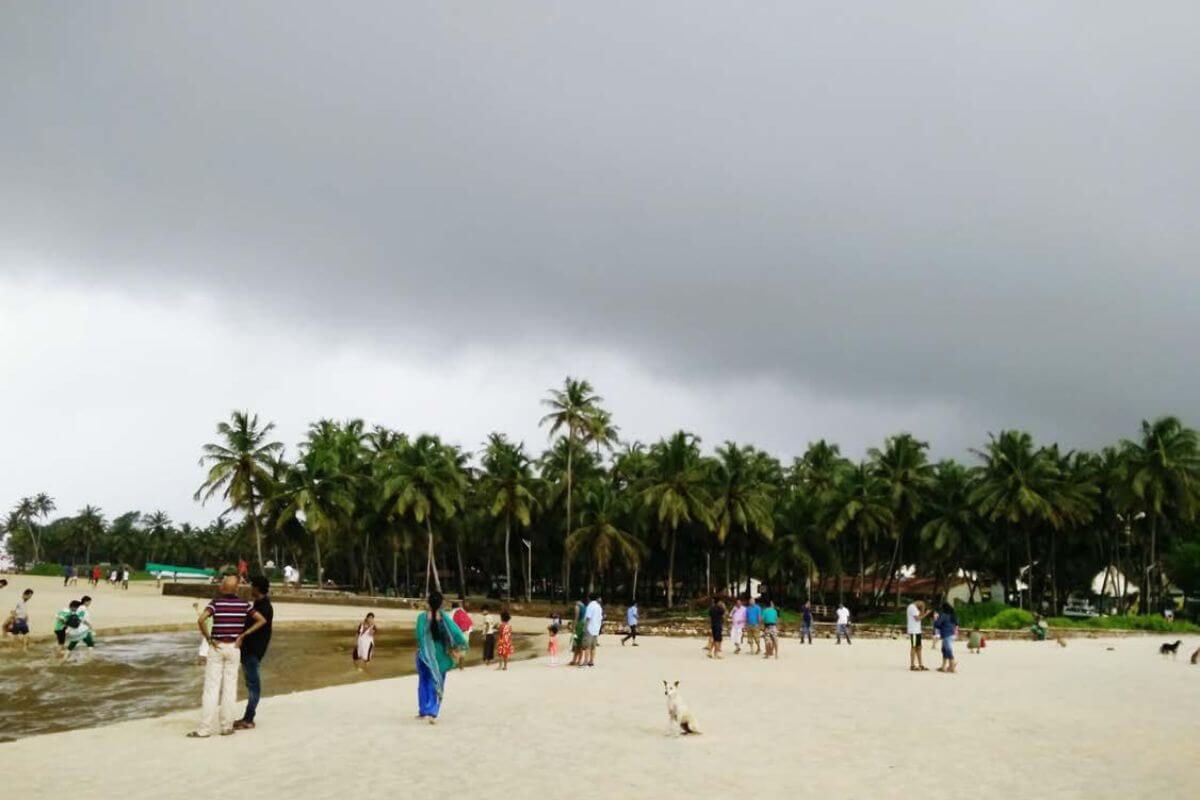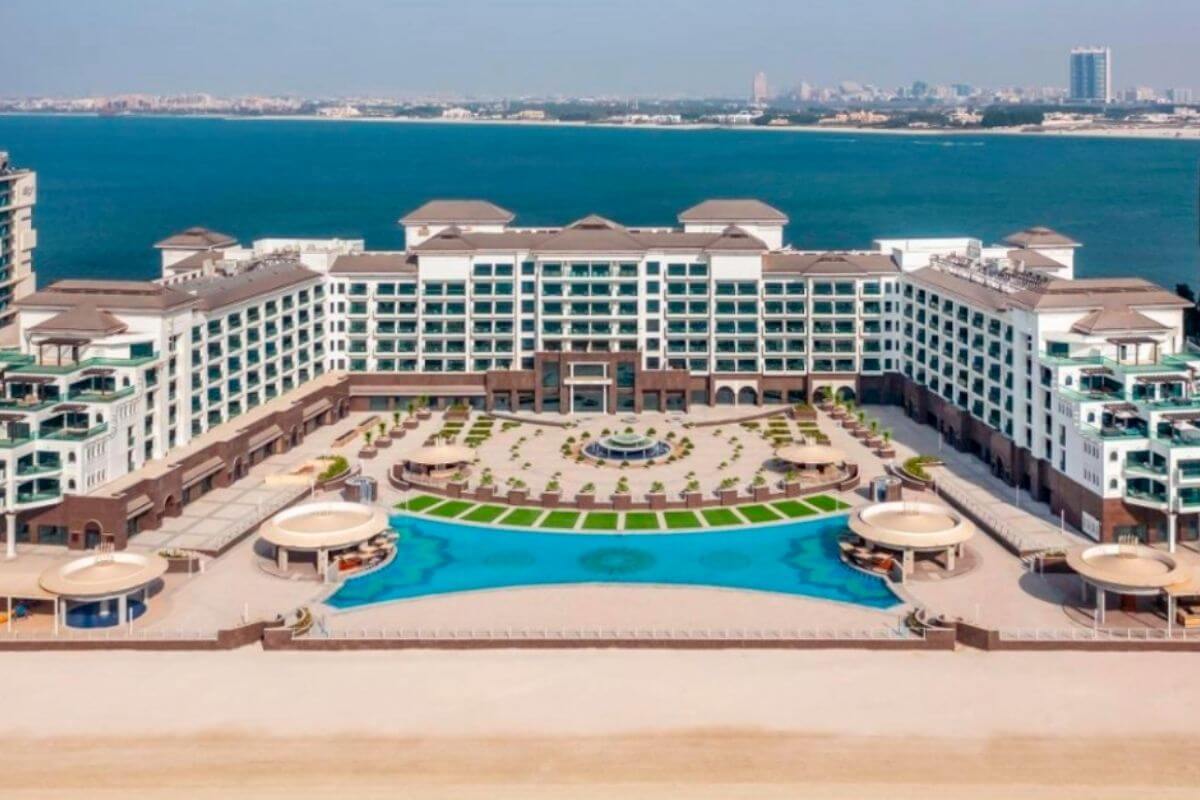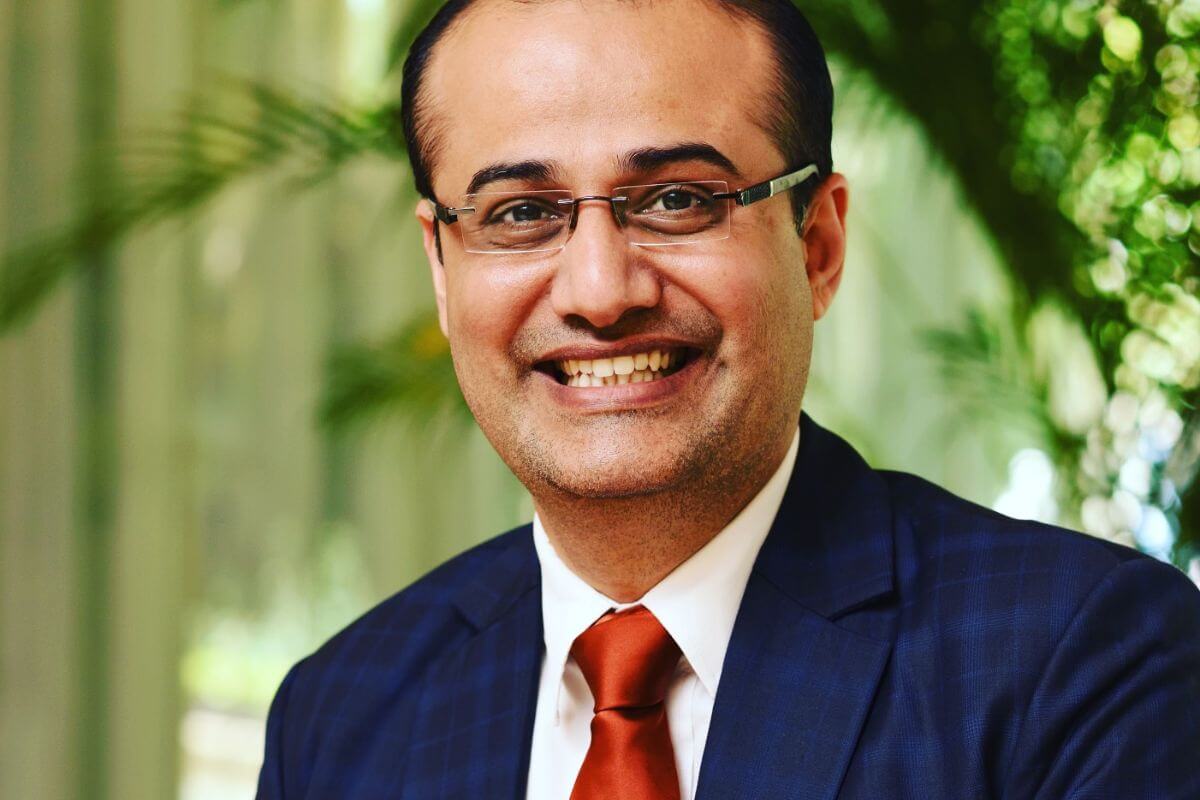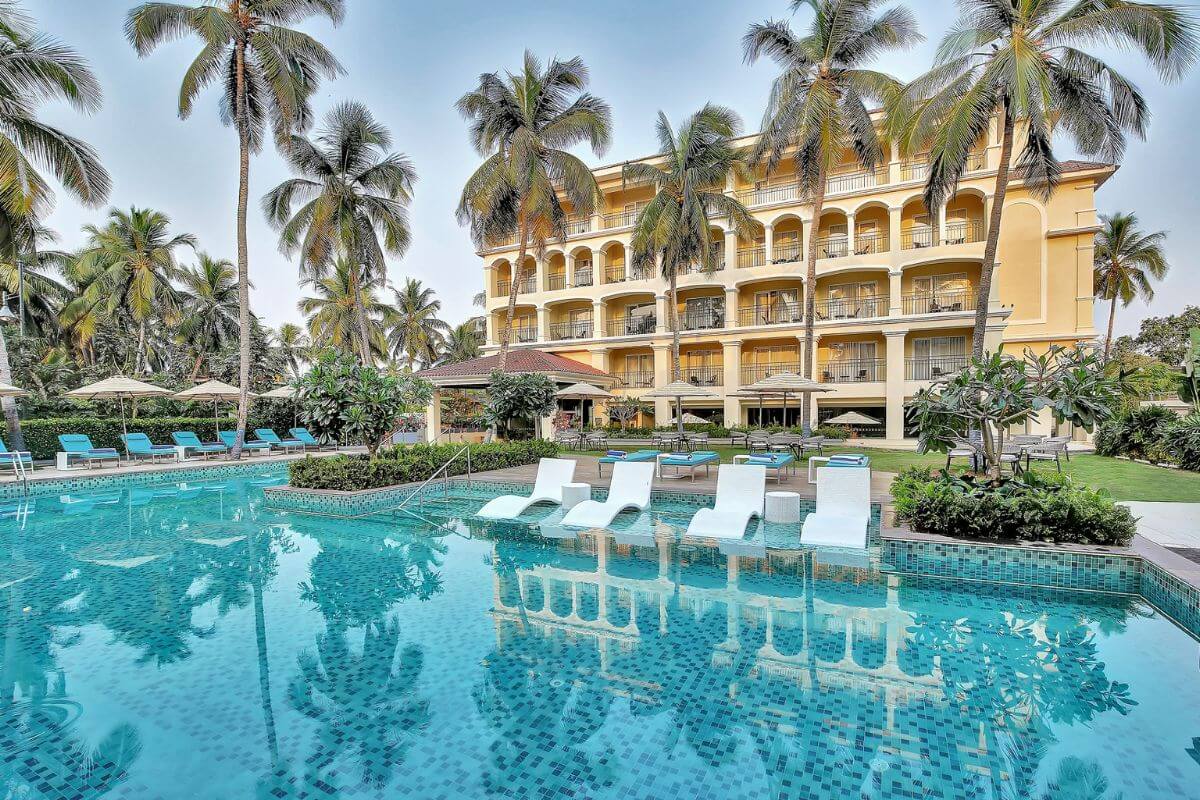For decades, Goa has been the crown jewel of Indian tourism, drawing millions of travellers with its pristine beaches, vibrant nightlife, rich heritage, and unique blend of Indian and Portuguese culture. However, in recent years, a growing narrative has emerged suggesting that Goa’s tourism is in decline. While some attribute this to overcrowding, rising costs, and environmental degradation, others argue that this perception is exaggerated and driven by vested interests. So, is Goa truly losing its charm—or is this talk of decline just propaganda?
The Perception of Decline
The narrative of declining tourism often hinges on visible challenges that Goa faces as a popular destination. Overcrowding during peak seasons, traffic congestion, and an influx of unregulated commercial activity are frequently cited as reasons why Goa may not feel as appealing as it once did. Reports of littered beaches, unchecked construction, and rising crime have also led some tourists to reconsider their plans.
In addition, critics argue that Goa’s appeal has become stagnant, with little innovation to attract repeat visitors or a new generation of travellers. There’s a sense that Goa has prioritised quantity over quality, chasing high footfall rather than curating unique, meaningful experiences.
The Economic and Policy Perspective
Tourism remains a critical driver of Goa’s economy, contributing significantly to employment and revenue. While government statistics show a steady influx of both domestic and international tourists, stakeholders within the industry point to real challenges that threaten sustainable growth.
Competition from Other Destinations:
Indian travellers today have more options, both within the country and abroad. States like Kerala and Uttarakhand, with their focus on wellness and ecotourism, are emerging as strong competitors. Budget-friendly international destinations like Sri Lanka, Bali, and Thailand are also drawing Indian tourists away from Goa.
Rising Costs:
Many regular visitors say Goa is becoming increasingly expensive—from accommodations and dining to transportation and basic amenities. A trip that once symbolized affordability now often rivals the cost of international vacations.
Environmental Concerns:
Over-tourism has taken a visible toll on Goa’s natural resources. Beaches, forests, and rivers are under pressure from unplanned commercial development. With the ecosystem straining under these pressures, many travellers who once loved Goa’s untouched beauty are now seeking alternatives.
The Other Side of the Story
Despite these concerns, Goa’s tourism story is far from one of decline. In fact, the state continues to draw millions of visitors each year, with domestic tourists making up a substantial share. More importantly, Goa is showing signs of resilience and adaptation, with several new trends challenging the notion of decline.
Diversification of Offerings:
Goa is no longer just about beaches and parties. Wellness retreats, heritage homestays, adventure tourism, and culinary experiences are gaining popularity. Villages like Assagao and Siolim are becoming hubs for boutique stays, artisanal cafes, and immersive cultural experiences.
Focus on High-Value Tourism:
Acknowledging the pitfalls of mass tourism, Goa is shifting focus toward high-value travellers. Luxury tourists and niche segments—such as bird watchers, cyclists, and cultural enthusiasts—are now being targeted with curated, experience-driven offerings.
Rising Domestic Tourism:
The post-pandemic pivot toward domestic travel has worked in Goa’s favour. Short-haul travellers from cities like Mumbai, Delhi, and Bengaluru have led to consistent weekend and holiday traffic, helping stabilize tourism numbers.
Innovative Festivals and Events:
From the Serendipity Arts Festival to local feasts and music festivals, Goa’s cultural calendar continues to attract tourists beyond the beach scene. These events provide a deeper, more authentic taste of what Goa truly has to offer.
Propaganda or Reality?
While Goa undoubtedly faces significant challenges, calling its tourism industry “in decline” is an oversimplification. Much of this narrative can be traced to specific interest groups or is amplified through social media, where negative experiences tend to overshadow positive ones.
The reality is more nuanced: Goa remains a thriving tourist destination that must address certain growing pains to ensure long-term sustainability. Changing traveller expectations are also a factor—today’s tourists often seek cleaner, quieter, more exclusive experiences. Goa is slowly adapting to meet these evolving demands.
The Way Forward
For Goa to retain its status as a premier destination, sustainability must become the cornerstone of its tourism strategy. Regulating construction, improving waste management, and protecting natural ecosystems are all essential steps. Policymakers, business owners, and local communities must work together to create a tourism model that balances economic benefit with ecological responsibility.
Additionally, the narrative around Goa needs to evolve. Highlighting hidden gems, showcasing its cultural richness, and amplifying the warmth of its people can counteract the negative perceptions associated with overcrowding or commercialization.
Conclusion: Goa Isn’t Declining—It’s Evolving
The narrative of Goa’s declining tourism is a blend of genuine concerns and exaggerated claims. While challenges do exist, they are not insurmountable. Goa’s capacity for reinvention, and its ability to offer diverse experiences, ensures its continued relevance on the tourism map.
The key lies in balance—between tradition and modernity, between preservation and growth, and between accessibility and exclusivity. Goa may be evolving, but it is far from fading.










1 thought on “Declining Tourism: Is It True, or Just Propaganda?”
Pingback: Desserts N’ More: How Goa’s Beloved Bakery Blends Innovation, Health, and Sweet Success